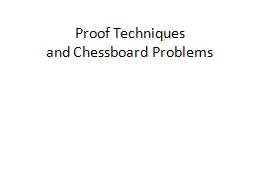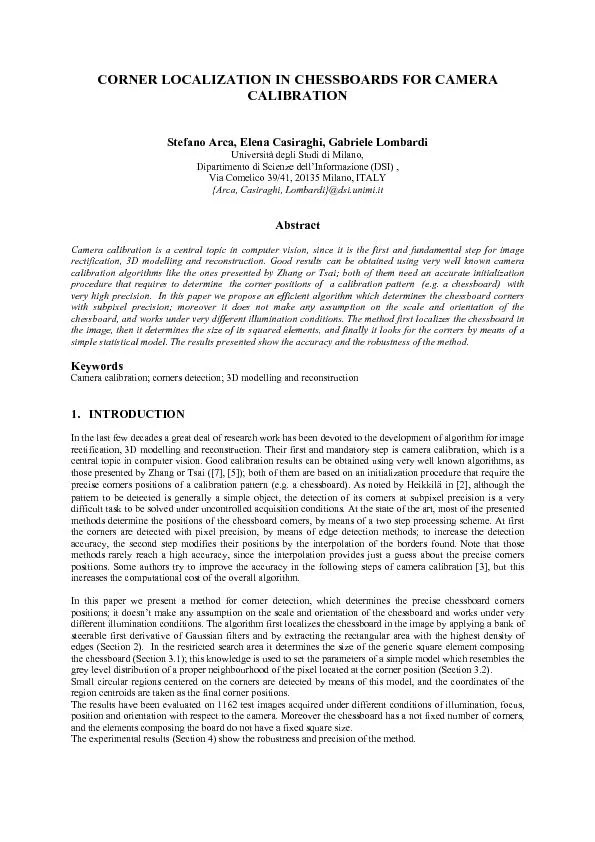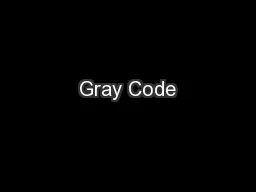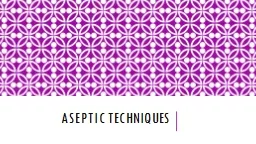PPT-Proof Techniques and Chessboard Problems
Author : alida-meadow | Published Date : 2019-11-21
Proof Techniques and Chessboard Problems Graph Terms informal Independent Set packing anticlique a set of nonadjacent vertices Dominating Set covering a set of
Presentation Embed Code
Download Presentation
Download Presentation The PPT/PDF document "Proof Techniques and Chessboard Problems" is the property of its rightful owner. Permission is granted to download and print the materials on this website for personal, non-commercial use only, and to display it on your personal computer provided you do not modify the materials and that you retain all copyright notices contained in the materials. By downloading content from our website, you accept the terms of this agreement.
Proof Techniques and Chessboard Problems: Transcript
Download Rules Of Document
"Proof Techniques and Chessboard Problems"The content belongs to its owner. You may download and print it for personal use, without modification, and keep all copyright notices. By downloading, you agree to these terms.
Related Documents














